10 Lobes Brainography
The ‘10 LOBES BRAINOGRAPHY’ program is a neuroscientific evaluation of 10 lobes of the human brain done by scanning a person’s fingerprints. This proven analysis is based on a science called ‘Dermatoglyphics’. Ten fingers are co-related to the ten lobes of the brain. Every finger when analyzed provides precise information on the quality and quantity of energy flow in the respective brain lobe to which it connects or correlates. This analysis can reveal the accurate thought pattern of a person right from birth up to their entire life. The report generated gives a brief explanation of how the brain functions. Fundamentally it helps to map the character of a person. It will precisely reveal outer & Inner personality. A personality in its entirety includes a pattern of thought, attitude, and communication ability. It briefly explains all crucial aspects of the person’s life such as passion, preferences, innates, abilities, talents, true nature, shortcomings & limitations that set every individual apart from others. Also, it will indicate a few health symptoms and diseases likely to occur due to the thought pattern of that person.

-
Historical Foundation
-
Founders
‘
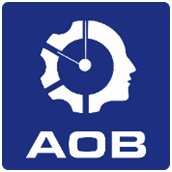
10 LOBES BRAINOGRAPHY’, an advanced brain study program was conceived by ‘Magnus International Pvt limited’and developed by ‘Intellify Worldwide Pvt Ltd’ with the sole aim to enrich people’s lives by eradicating the social evils caused by ‘Depression’, ‘Stress’ & ‘Anxiety’. This program is initiated and delivered by ‘AOB- ‘Academy of Brainography.’ The mission of AOB is to help every individual achieve excellence through the discovery of their Inborn talents & skillsets by utilizing the ’Brainography’ test
and providing precise methods of nurturing them. AOB also conducts research and training programs for individuals who are interested in learning this science.
-
Evolution
The term “dermatoglyphics” comes from the Greek words “derma” (skin) and “glyph” (carving). Dr.Harold Cummins introduced this term in the year 1926. He is revered as the founding father of “dermatoglyphics”.
Initially, fingerprints were distinctively used just for human identification. The Henry Classification System is a long-standing method by which fingerprints are sorted by physiological characteristics for one-to-many searching. Developed by Hem Chandra Bose,Qazi Azizul Haque, and Sir Edward Henry in the late 19th century for criminal investigations in British India,it was the basis of modern-day AFIS (Automated Fingerprint Identification System) classification methods up until the 1990s.The Henry Classification System has generally been replaced by ridge flow classification approaches in recent years.
The technique further evolved to identify human nature and tendencies by studying a person’s fingerprints. The conclusions of Dr.Harold Cummins’s lifetime of research on ridges and fingerprint patterns serve as crucial instruments for identifying genetic and evolutionary links. Dermatoglyphics now is a professional industry that studies behavior patterns and health prognoses relating to Neurobiology, Genetics, Brain-study, Embryology, etc. Dermatoglyphics test not only reveals the innates of a person but is also widely used in the diagnosis of conditions such as schizophrenia, cleft palate, and even some forms of mental retardation. Also, methods based on Dermatoglyphics are employed in different sectors to support the population, ethnological investigations, and police identification.Analyses of genetics, psychology, and brain research are merged in dermatoglyphics. These advancements gave birth to a well-known program known as DMIT – ‘Dermatoglyphics Multiple Intelligent Test’
-
DM.I.T. Theory
The ‘10 LOBES BRAINOGRAPHY’ programhas its roots in DMIT – ‘Dermatoglyphics multiple Intelligent Test’.DMIT theory and DMIT report are based on the precise co-relationof the brain to fingerprints.The theory is based on the fact that there are various kinds of intelligence. The identification or mapping of one’s intelligence or talent, learning style, and innate personality or character can be done through the study of the fingerprint pattern of the person. It is believed that in the 1970s, dermatoglyphics was primarily utilized to identify talented athletes for the Olympics. Dermatoglyphics can be used to identify and concentrate on a person’s learning, thinking, and potential talents.
As per the theory, the brain is divided into 2 parts- the left and right. Further, the brain is divided horizontally into five zones-Pre-frontal lobes, Frontal lobe, Parietal lobe, Temporal lobe & Occipital lobe. If we look at these lobes from the perspective of their basic functions they can be categorized as Action Zone, Thought Zone, Kinesthetic Zone, Auditory Zone & Visual Zone respectively.So eventually the horizontal and vertical sections make up to ten lobes of the brain in total.

By studying the ridges on fingerprints, the strength and limitations of each zone can be analyzed. DMIT report gives a brief explanation of the analysis. Several companies have developed their software to provide such reports. 10 lobes Brainography is a similar kind of report which iscomprehensive, accurate, and advanced when compared to other reports.
-
Instruments and Procedures for Brainography test.
Basically, three software are used to generate the report of a person.
-
Fingerprint Capturing
All ten fingers of a person are scanned from left, right & center by a fingerprint scanner and the driver software.They are saved and uploaded to the respective company server.
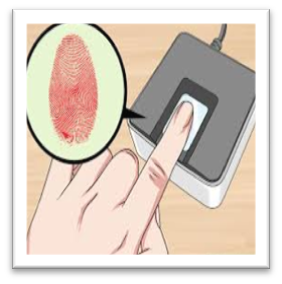
-
Analysis
Next, the fingerprints are downloaded at the company’s lab and studied for fingerprint patterns and ridge counts with the help of second software. Once the information is collected, it is fed manually into the final software program for generating the report.
-
Report Generation.
Based on the analysis fed, the final software generates the report of the results derived from the inputs. The report is 50 pages long and covers the functioning of the client’s brain for the entire life.
-
Theoretical Approaches
-
Basic theory
As per the research, the brain’s and fingerprint’s development happens simultaneously in the mother’s womb between the 13th & 21st week of pregnancy. It is not a coincidence that there are ten lobes of the brain and ten fingers. Each finger is connected to the respective brain lobe. The left brain controls the right side of the human body & right brain controls the left side of the human body. So left-hand fingers de-code the right brain & right-hand fingers de-code the left brain.The ridges on fingerprints indicate the path and density of the flow of neurons or energy in the respective brain lobe to which it is connected.
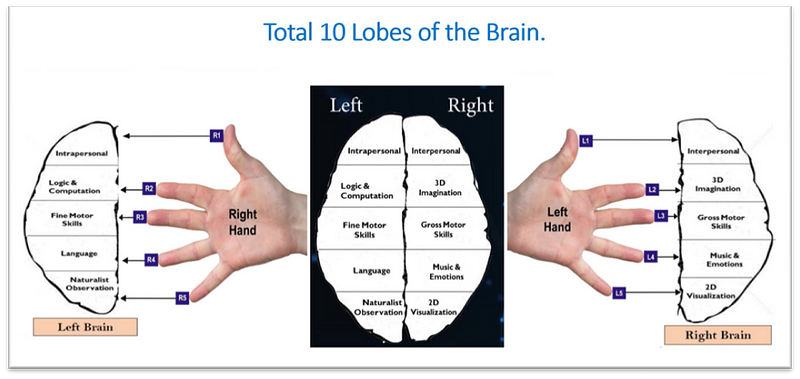
-
Input Zones, Processing & Output
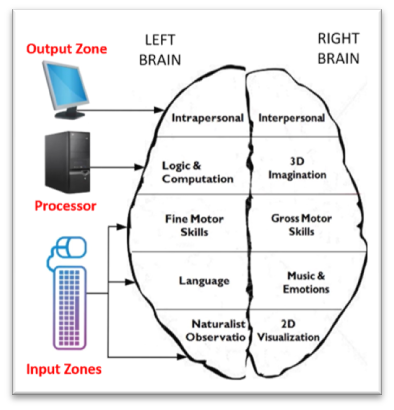 Like a CPU (Central Processing Unit) of a computer that receives information from a keyboard & mouse, our central nervous system (CNS) receives information (data) from our 5 senses. Our CNS is made up of nerve cells which are called Neurons. They are highly specialized cells responsible for communicating information in both chemical and electrical forms. Consider Neurons as information carriers in a closed circuit.
Like a CPU (Central Processing Unit) of a computer that receives information from a keyboard & mouse, our central nervous system (CNS) receives information (data) from our 5 senses. Our CNS is made up of nerve cells which are called Neurons. They are highly specialized cells responsible for communicating information in both chemical and electrical forms. Consider Neurons as information carriers in a closed circuit.
Our brain collects data with the help of Neurons via 6 input zones. The higher the flow of Neurons (Neural density) stronger the zone. So naturally, stronger input zones will become the most preferred input method of the brain by default. The data is then processed in 2 Thought zones followed by output as action or behavior by 2 output zones.
-
The basic functions of all the 10 Lobes
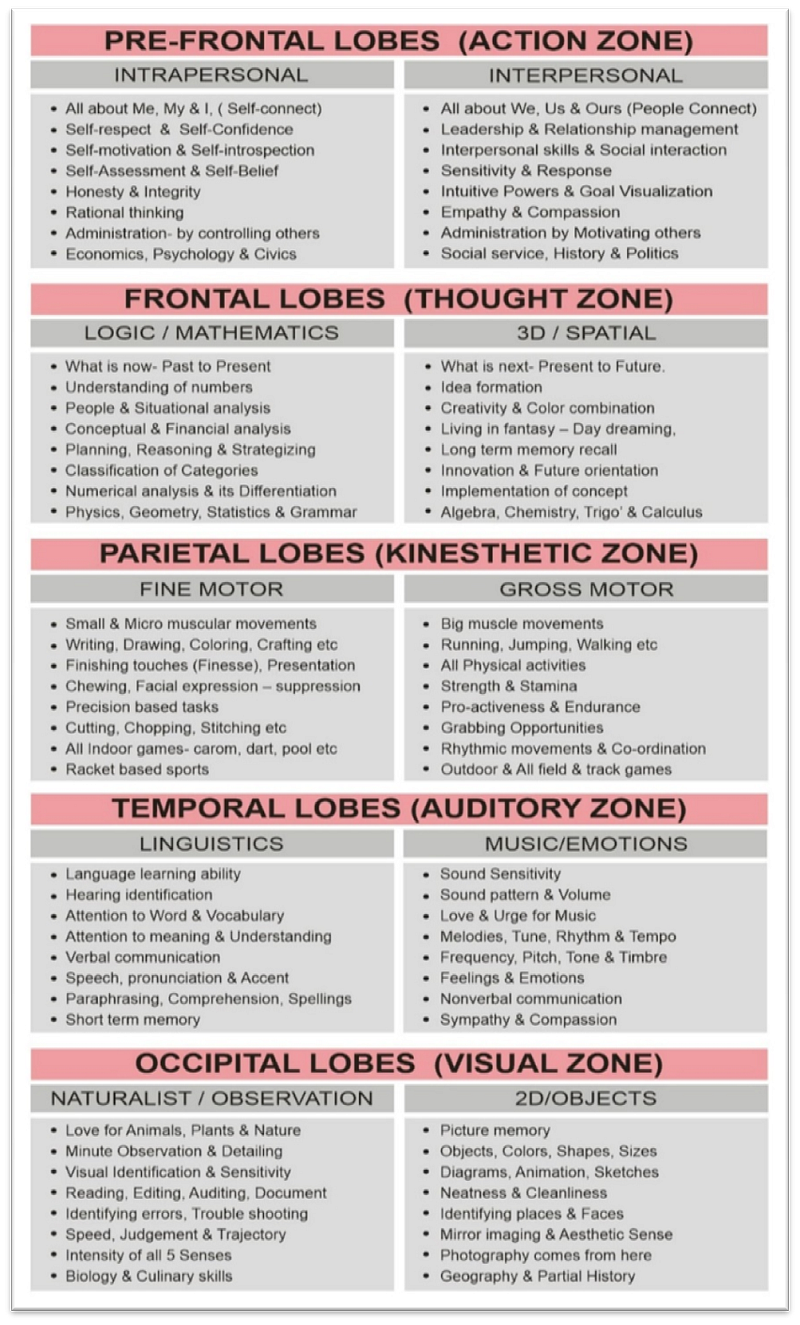
-
Fingerprints.
-
Formation of Fingerprints
Medical science has confirmed that during the growth of the fetus within the mother’s womb from the 13th – 21st week, fingerprints are formed simultaneously along with the development of the Neocortex which is closely related to the infant’s brain development.
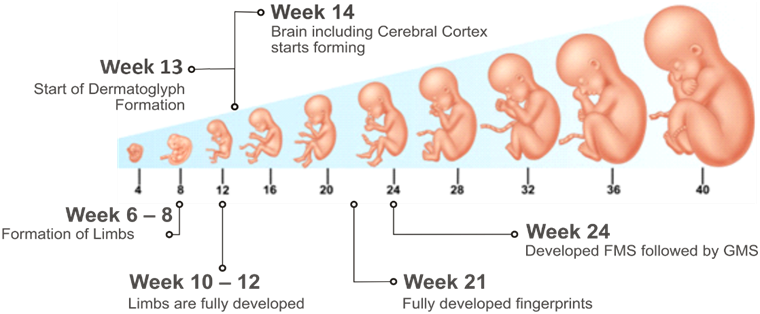
-
Basic Fingerprint Patterns.
There are 4 primary fingerprint patterns, such as WHORLS, LOOPS, ARCHES & ACCIDENTALS. Then there are sub-variants of the primary patterns.
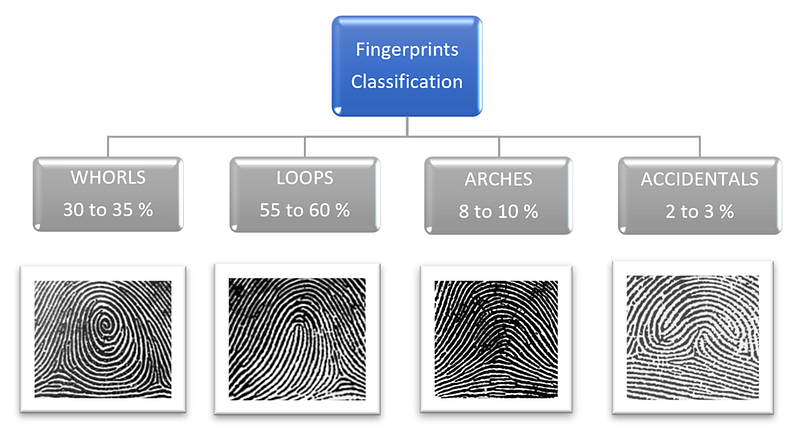
The most common fingerprint pattern is the Loops. Loops make up approximately 60% of the fingerprints of the entire world population. Whorls make up approximately 30%. And the Arches & Accidentals together make up the remaining 10%. So, the Arches & the Accidentals can be categorized under rare fingerprint patterns.
-
The Origin & Exposition of The Science of Fingerprints.
Fingerprints are the most infallible means of identification of a person and Dermatoglyphics have now proven that the grooves on the fingertips are the mirror of the innate talents that accompany a person right from before they are even born. This science of identifying the true nature of a person based on their fingerprint patterns originated in India. Today, fingerprint individuality is accepted and taken for granted all over the world, but the Indians knew about the relevance and significance of fingerprinting before any other civilization. Since the dawn of recorded history, till the present times, Indians have consistently studied and researched this branch of knowledge, traversing from initial speculation, through interpretation, to its development into the most perfect system of character identification. Fingerprinting has remained intertwined with Indian culture since ancient times. An Indian scripture, Samudrika Shastra, compiled by a sage named Samudra Rishi in 3102 BC, tells us a great deal about fingerprinting.
Samudrika Shastra too identifies three types of fingerprints. It describes that there are two common types i.e. Sankha (corresponding to Loops), and Chakra (corresponding to Whorls), while the third type, Seep (corresponding to Arches) is rare. It is not surprising that the fingerprint examiners of the modern era and Samudra Rishi of the ancient era reached the same conclusion. The astonishing fact is that what the experts inferred merely one hundred years ago, Samudra Rishi could ratiocinate more than 5000 years ago. There is no written record ofa description of fingerprints before Samudrika Shastra.
SOME MORE INTERESTING FACTS
The modern science of fingerprinting asserts that parallel ridges on fingertips are interrupted by
seven common types of irregularities, known as fingerprint characters or ‘minutiae’
The fingerprint characters:
(a) Ridge termination – when the ridge flow abruptly ends.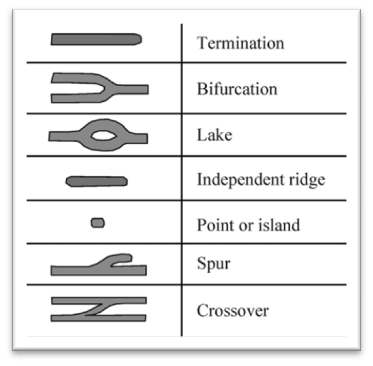
(b) Bifurcation – when the ridge splits into two, making a ‘Y’.
(c) Lake – when there is an enclosed area in between the ridge.
(d) Independent ridge – A relatively small ridge is within the overall pattern.
(e) Island – when there is a small dot or circle within the overall pattern.
(f) Hook or spur – when a small curved ridge is attached to a regular ridge.
(g) Crossover – when two parallel ridges are joined by a small ridge.
There are many sub-characters apart from these basic types. Samudrika Shastra too identifies many of these characters along with their relevance.
Fingerprint characters as depicted in Samudrika Shastra
As shown in Figure APURAN JAVA, PURAN JAVA, PADAM & AAX are concurrent to Bifurcation, Lake, Hook & Island respectively, of modern fingerprint discipline. NIRPAAX & KUNDLA are close to Island, while KAMAL is close to the lake. TORAN appears likea crossover.
It is relatively easy to discern the outer pattern of a fingerprint with the naked eye, but for locating the ‘minutiae’, one has to use a magnifying glass. Samudra Rishi and his disciples were able to decipher the ridge characters, some with perfection and others with the blemish, without the aid of a magnifier. They must have developed a method to record the finger impressions on a suitable surface. This also means that they would have designed a version of a modern-day stamp pad.
-
Basic behavioraltendencies of a person with Whorls, Loops, Arches, and Accidental Fingerprints
 Whorl Family- Whorls are Self-cognitive, Self-driven, Self-motivated & Self-dependent, collectively termed ‘Self-starters.’ They are highly Goal-driven and equipped with an un-deviating goal focus. Also, being highly target-oriented, whorls love to initiate tasks. They can be hard taskmasters for themselves & others. They are extremely competitive with high willpower and high self-expectation. Whorls do not give up easily. They can even control their emotions if required.On the downside, Whorls tend to get into excessive self-indulgence and isolation. They tend to be subjective or stubborn towards others. They may not be open to implementing ideas & inputs from others while being rigid in their ideas. They often seem to be blunt while expressing their opinion.
Whorl Family- Whorls are Self-cognitive, Self-driven, Self-motivated & Self-dependent, collectively termed ‘Self-starters.’ They are highly Goal-driven and equipped with an un-deviating goal focus. Also, being highly target-oriented, whorls love to initiate tasks. They can be hard taskmasters for themselves & others. They are extremely competitive with high willpower and high self-expectation. Whorls do not give up easily. They can even control their emotions if required.On the downside, Whorls tend to get into excessive self-indulgence and isolation. They tend to be subjective or stubborn towards others. They may not be open to implementing ideas & inputs from others while being rigid in their ideas. They often seem to be blunt while expressing their opinion.

WT- Whorl Target: Goal oriented, focused, individualistic, rigorous, subjective &self-centered. Inquisitive by nature. Acts only after proper reasoning. Loves competition and winning. Strong will- power & determination. Loves to initiate and synergize. Strong ability to understand from all perspectives & comprehend. Rigidity in exploring alternate aspects. Emotionally flexible only by need or desire.
WTO- Whorl Target Outlined:Similar toWT but highly competitive & creative.
WTR- Whorl Target Radial:Similar toWTO. Highly introspective with critical evaluation as anafterthought. ‘Out of the box thinker. Tend to be different from the league.
WS- Whorl Spiral:Similar to the WT but more dynamic & flexible on alternate aspects, but high on emotions & rigidity. Zealous & diligent learner once the doubt is clear. Gets deeply involved in a subject, and needs to be reminded of the tasks to be finished. Difficulty in getting out of a mindset. Curious & mischievous at a younger age.
WSO- Whorl Spiral Outlined:Similar toWS but highly creative &competent
WSR- Whorl Spiral Radial:Similar to the WSO. Highly introspective with critical evaluation in afterthought. ‘Out of the box thinker. Different from the league.
WE- Whorl Elongated: Likes to be precise & perfect, hates to be defeated. Good with numbers and computations. Good in analyzing, judging & integrating synergies. Profound at management & accomplishment of tasks. Ambitious & stays on budget. Tendency to be stressed out handling emotional issues. Keeps thinking & revisiting past experiences or emotions and constantly gets worried about it.
WEO- Whorl Elongated Outlined:Similar toWE being a perfectionist in creativity and highly gritty & competitive.
WER- Whorl Elongated Radial:Similar toWEO. Highly introspective with critical evaluation as an afterthought. ‘Out of the box thinker. Different from the league.
WES- Whorl Elongated Spiral:Similar to the WE. Flexible towards different options but very high perfectionist attitude. High on emotions & rigidity. The tendency to expect perfection from others accumulates more stress &keeps getting disturbed. High on reasoning. Zealous & diligent learner once the doubt is clear. Gets deeply involved in a subject, and needs to be reminded of the tasks to be finished. Difficulty in getting out of a mindset.
WESO- Whorl Elongated Spiral Outlined:Similar toWES but more creative & competent.
WESR- Whorl Elongated Spiral Radial:Similar to the WESO. Highly introspective with critical evaluation as an afterthought. ‘Out of the box thinker. More precise & different from the league
WC- Whorl Composite: Thinks from different perspectives &has multiple goals. Good communication & coordination skills. Ability to mingle and switch between topics in a conversation. Thinks from different angles, and can be distracted easily. Strong willpower &determination but a wavering mindset; needs deadlines to be able to perform better. Good judgment on the big picture but tends to miss details. Needs freedom to make choices and stays reserved in response.
WCO- Whorl Composite Outlined:Similar toWC. Highly creative but becomes sluggish to finish the task on hand.
WCR- Whorl Composite Radial:Similar toWCO with the ability to evaluate critically. Tend to be different from the league.
WD- Whorl Double- Loop: Highly process-oriented& detail seeker. Almost double the power of imitation & thinking. Aims at multiple thoughts at the same time creating confusion in decision making but once agreed upon & accepted, doubles the speed of imitation or response. Materialistic approach, overlooking the negative side. Difficulty separating reality from fantasy. Avoids criticizing & judging others but expects the same in return.
WDO- Whorl Double-Loop Outlined:Similar to WD.Highly process-oriented, but creative with a variety of options.
WDR- Whorl Double-Loop Radial:Similar toWDO with the ability to evaluate critically. Tend to be different from the league.
WI- Whorl Imploding: Proactive to initiate & accomplish set tasks but tends to aim at two different goals at the same time often losing focus & concentration. Advantageous when multiple ideas are needed to be generated. Tends to forget. Needs to set clearly marked deadlines. Require a lot of repetition and practice to be more persistent at a given task. Need more efforts to integrate & align ideas.
WIO- Whorl Imploding Outlined:Similar toWI with more creativity. Creativity within the domain of the task at hand with multiple options.
WIR- Whorl Imploding Radial:Similar to the WIO. Highly introspective with critical evaluation in afterthought. ‘Out of the box thinker. Tends to be different from the league.
WL- Whorl Lateral Pocket: Creative & innovative in generating ideas. Tends to think differently from the league’s open-minded& perfectionist attitude but has weaker abilities in integrating ideas. Tends to become disinterested if there is too much hindrance or interference. Likes to fantasize & dream of finishing tasks with creativity & perfection. High on health concerns.
WPE- Whorl Peacock Eye: Highly perceptive, expressive & artistic. Tends to achieve perfection. Prolific in creative thinking, comprehension & understanding. Excellent leadership qualitieslikehelping others overcome their difficulties. Ability to differentiate &analyze spontaneously. Creative in self-expression, arts & designs and tends to be very different from the league. Exuberant & optimistic.
WPER- Whorl Peacock Eye Radial: Having all the characteristics of WPE but very high on critical thinking & evaluation. Excellent fault finding &fault-fixing ability. Learns by reverse thinking and is often seen as idiosyncratic. Highly inquisitive by nature but evaluates everything critically. High acuity results in quick decision-making but compel to be witty & sarcastic by nature. Perceived to be self-centeredand like to work in their way. Becomes very emotional & vocal when ignored or misunderstood.
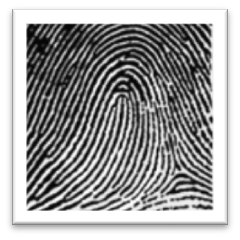 Loop Family-Loops, on the other hand, are Flexible, creative & high on imitation learning. They are easygoing and can adapt to various situations. They are socially oriented and value relationships with people. They are always open to new learnings, thoughts, and input from others, and with appropriate encouragement and strong mentoring, they can give a dynamic performance.On the downside, Loops get easily influenced by the environment and people and get affective very quickly. They tend to get distracted by their thoughts or the thoughts shared by others. Loops tend to leave or give up tasks midway due to a lack of motivation. They display relatively low willpower & low perseverance towards their own goals and resolutions compared to Whorls. They give more importance to what others might think.
Loop Family-Loops, on the other hand, are Flexible, creative & high on imitation learning. They are easygoing and can adapt to various situations. They are socially oriented and value relationships with people. They are always open to new learnings, thoughts, and input from others, and with appropriate encouragement and strong mentoring, they can give a dynamic performance.On the downside, Loops get easily influenced by the environment and people and get affective very quickly. They tend to get distracted by their thoughts or the thoughts shared by others. Loops tend to leave or give up tasks midway due to a lack of motivation. They display relatively low willpower & low perseverance towards their own goals and resolutions compared to Whorls. They give more importance to what others might think.

UL- Ulnar Loop: Gentle, observant, flexible, adaptable & open to learning in any given situation. Not very ambitious or goal-oriented, love sticking to a schedule,and also enjoy going with the flow. Strong on imitation-based learning. More conventional and less creative with a limited focus. People-oriented, dislikes conflicts. Will wait for others to initiate conversation. Dynamic performance once a pattern is set but uncomfortable with frequent changes.
RL- Radial Loop: Extreme critical evaluator. Highly creative & innovative, “Out of the box” thinker. Tends to be different from the league, often viewed as rebellious. Uses reverse arguments & critical reasoning. Profound ability to comprehend & imitate. Cannot forgive easily, and the tendency to seek revenge. Goes into detail, a great improviser. Relying on their methods is perceived to be egocentric. ‘What can go wrong’ always comes first in the mind.
FL- Falling Loop: Lot of characters similar toUL. Highly flexible & adaptable. Seems to be unstable often due to concern about health issues. Likes to be very cautious about health for self and others. Often loses focus in routine tasks.
FLR- Falling Loop Radial:Similar toFL with having more health concerns. Ability to evaluate critically. Tend to be different from the league.
PEL- Peacock Eye Loop: All characteristics of the UL with being extremely flexible & creative. Perfectionist attitude with the conventional approach. Will accomplish tasks on hand with a flair. Have good intuitive power but are often rigid in perception. Good leadership quality butthe tendency to get even with others.
PELR- Peacock Eye Loop Radial: All characteristics of the PEL with being extremely flexible & creative. Perfectionist attitude with a highly unconventional approach. “Out of the box” thinking, tend to be different from the league. Excellent in fault finding, fault fixing, and manipulating. Evaluates critically.
LA- Loop Accidental: Highly unpredictable. May have an unstable, wavering, or erratic mind. Imitates the ways of the person with whom he/she stays.
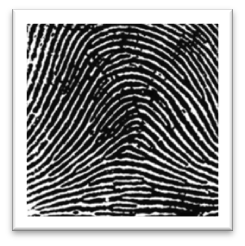 Arch Family- Arches are quite flexible and have infinite potential for learning. They are practical and hardworking. They are quite affable and easy-going. Since they are honest and direct, they object to ambiguity and dishonesty in others. Arches can absorb information from multiple sources and reflect on it. If nurtured correctly they tend to be pioneers in their zones.On the downside, Arches are quite quick in being judgmental about people and situations. They require very good guidance and handholding to exercise their potential. They tend to be quite defensive and conservative in their ideas. They may display extreme mood swings, sometimes being extremely impatient or emotionally erratic.
Arch Family- Arches are quite flexible and have infinite potential for learning. They are practical and hardworking. They are quite affable and easy-going. Since they are honest and direct, they object to ambiguity and dishonesty in others. Arches can absorb information from multiple sources and reflect on it. If nurtured correctly they tend to be pioneers in their zones.On the downside, Arches are quite quick in being judgmental about people and situations. They require very good guidance and handholding to exercise their potential. They tend to be quite defensive and conservative in their ideas. They may display extreme mood swings, sometimes being extremely impatient or emotionally erratic.

AS- Arch Simple: High energy but lacks focus & self-confidence. Hardworking & efficient, but less patient. Doubtful by nature, highly judgmental, and suppresses feelings & emotions. Constant mood swings. Likes to stay safe & cautious. Very high learning potential can achieve unimaginable heights but requires proper training, appropriate nurturing & mentoring for a very long period.
AT- Arch Tented: Very high efficacy in learning. Infinite potential to soak information. Excessive mental travelingtends to be bipolar & impulsive. Highly individualistic & sensitive. Good in self-management& planning. Can become a game changer if able to manage patience & follow the right mentor.
AU- Arch Ulnar: Extended version of UL with very high & infinite potential in learning by imitation. Gets better & better with age. Practical & trustworthy. Follows intellectuals & seeks wisdom. Good with abstract thinking & technical subjects.
AR- Arch Radial: Extended version of RL with very high & infinite potential to evaluate critically. Has all characteristics of AU with reverse thinking. At times get engrossed with thoughts &forget things around them. Creative & ‘Out of the box solution provider.
APE- Arch Peacock Eye:Similar to the AU, along with extra creativity. Excellent leadership qualities. Strong intuitive power. Learns & grasps very fast. At times very rigid or impulsive. Have a ‘Tit for Tat’ attitude
APER- Arch Peacock Eye Radial:Similar to the AR, along with extra creativity & strong critical evaluation. High on self-respect& leadership qualities. Intuitive powers are on extreme levels. Can perform tasks that others can’t even think of. Adventurous and outspoken, often with sarcasm. Revenge-seeking nature.
AFL- Arch Falling Loop: Unlimited potential, can excel to unimaginable heights if proper nurturing & mentoring are provided. Always bothered by Health concerns. May even start showing symptoms of negative health if the family history of the same is discussed in his/her presence. Love to do social- service, which is best suited for the healthcare industry.
AFLR- Arch Falling Loop Radial:Similar toAFL but now with critical evaluation of health concerns which may go to extreme levels. Extremely proactive& helpful in critical health situations. Will provide ‘Out of the box solutions in such situations. Chances to inherit negative health if there is a history of a particular illness in the family.
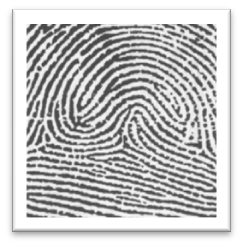 Whorl Accidental- Highly unpredictable, may have multiple and diverse characteristics. May have an unstable and wavering mind. Difficulty in focusing on a single task at hand. Can have many strange and genius ideas but are unable to process or integrate ideas. Seems like the energies are scattered in a non-linear direction. Theymay also show tendencies of a potential genius. If mentored patiently, can become a game changer.
Whorl Accidental- Highly unpredictable, may have multiple and diverse characteristics. May have an unstable and wavering mind. Difficulty in focusing on a single task at hand. Can have many strange and genius ideas but are unable to process or integrate ideas. Seems like the energies are scattered in a non-linear direction. Theymay also show tendencies of a potential genius. If mentored patiently, can become a game changer.
Loop Accidental- Highly unpredictable. May have an unstable, wavering, or erratic mind. Imitates the ways of the person with whom he/she stays.
-
Process of Evaluation of Brain.
5.1 Center point, Delta and Pattern.
The process of evaluation of an entire brain starts with the evaluation of each brain lobe, which is decoded by counting the ridges on the fingerprint to which it is connected. To get a ridge count of a fingerprint, first, the pattern area, delta point, and core are identified.
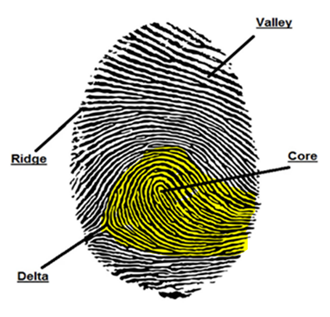
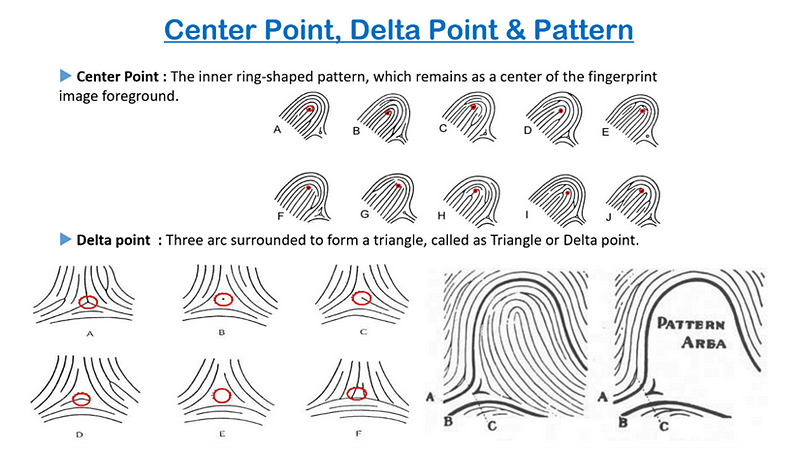
5.2 Ridge count.
After identifying the delta and the core points an imaginary line is drawn between them. All the ridges intersected by this line are counted. The higher the ridge count stronger the brain lobe.

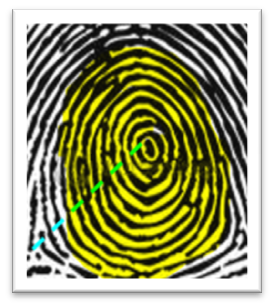
5.2 Quantitative and Qualitative Analysis of the Brain Lobes.
Quantitative Analysis:
As shown in the image of a sample report, the Strength of a particular brain lobe is identified by the color code, a specific hierarchy number, and the quantity or the density of flow of energy given in percentages, collectively termed Quantitative Analysis. The TRC- Total Ridge Count at the bottom indicates the overall energy flow of the brain, where the average ridge count of a person is around 160 Ridges. Higher the TRC, the higher the grasping power and multitasking ability of a person, resulting in less patience. A person with a lower ridge count can be termed a slow learner who would prefer to do a single task at a time.Arch-type fingerprints do not have a ridge count. They are denoted by golden color and X%. The strength of the lobe for the Arches pattern depends upon the environment and the nurturing given to the person. However, they are presumed as strong zones in the longer run.
The strength of each zone is highlighted by colors such as Green for the strong zone, Turquoise for the intermediate, Blue for the average zone, Red for a zone with limitations, and Golden for an infinite learning potential zone.
The Golden zone or Infinite learning potential zones requires correct mentoring for them to achieve their full potential. Learning for this zone is a life-long process. That’s the reason they are not marked with any percentages or numbers. They are denoted by X percentage.Zones that are identified with the letter +R are strong zones with the natural ability to do a critical evaluation.
Qualitative Analysis:
Along with the count of the ridges, fingerprint patterns are also identified. The fingerprint pattern of a particular brain lobe determines the pattern of behavior when it comes to the overall functions of that brain lobe, which is termed Qualitative Analysis. The traits and tendencies of all the patterns are described in Chapter 4.4.
5.3 Overall Analysis of the Entire Brain
Every zone is evaluated by the density of the flow of energy and marked with a fingerprint pattern that defines the thought pattern of that particular zone, which gives a precise indication of the efficiency of all the abilities.Although the brain is divided into 10 zones with their defined job roles, it never functions Zone-wise. The brain works in a synergy where all the 10 lobes contribute to their individual capacities. The traits and tendencies of an individual are always biased from their strong zones. Having said that, the Nurturing of all the zones is also equally important. Without proper nurturing, even the strong zones may fail to deliver efficiency.
